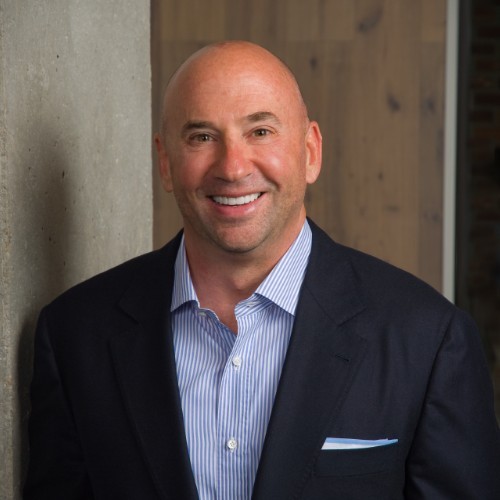Feb 18
2021
How To Use Innovative Tech To Break Down Barriers Between Providers and Patients
By T. Scott Law, founder and CEO, Zotec Partners.

We’re living in a world where consumers demand more from every transaction. Exceptional service is no longer a nice-to-have — it has become the status quo. Whether it’s a traveler paying for an Uber through an app or a patient receiving emergency department service, people want and have come to expect great service.
The healthcare industry is working to quickly adapt and meet these expectations as they come, often leading to a disheartening or unpleasant experience for patients. Why? There are complex infrastructure challenges in healthcare.
For example, consider the patient billing process: It may have stumbling blocks that can lead to friction, such as surprise at the final price when the medical bill arrives, limited bill payment options, insurance denials, or reduced coverages. These problems tend to come after patients receive clinical care, adding more stress on top of an already stressful situation. Essentially, people receive the care and treatment they deserve but could feel blindsided later because of a lack of price transparency.
That said, providers may not be in a position to have patient-focused financial conversations at every point of the journey from pre-registration through post-discharge. Often, providers are just as in the dark about what a procedure may ultimately cost patients out of pocket because data often is siloed within different systems. And even when those systems try to communicate, they don’t necessarily speak the same “language.”
Is the task of reinventing American healthcare billing a major undertaking? Sure. But improving the patient experience is still doable. It just requires every entity involved — from third-party payers to insurance companies to physicians’ offices — to treat patients while considering their perspectives and needs.
How to Overcome Barriers in Healthcare
Tackling this challenge now is key for a few reasons. First, providers will be able to more clearly empower patients to make the best decisions for themselves and their families. When healthcare providers operate with patient needs in mind, consumers feel less confused, more curious, and better equipped to make crucial health decisions.
Providers that offer simple billing and upfront costs analyses may also reduce patient noncompliance and nonpayment. When patients understand their financial obligations before receiving services, they can make better choices and plan ahead. The result? Healthcare providers will be able to stay in business and thrive.
With the advantages of taking a more patient-centered approach in mind, healthcare providers can take steps to make that approach a reality.
- Aim to aggregate financial data.
Society has so much innovative technology at its fingertips. Healthcare providers can use these advancements to curate and leverage data more robustly than before. Being able to share data across verticals allows providers to communicate with consumers more transparently. This trickles down to patients, who can feel more secure about the choices they make.
Already, some software exists to accurately predict the costs of medical services before they’re administered based on the patient, provider, insurance, and treatment. As more data becomes available, the predictability of this type of patient financial experience (PFX) software will increase. That means a patient under financial strain can conclusively weigh alternatives that will lead to fewer denials and a more personalized PFX.
- Meet patients where they are.
Patients have a much different view of healthcare than those who work within the system, so improving each touchpoint can strengthen the overall patient experience. Offering touchless payment methods and even estimated prepayment via mobile devices, for example, can remove barriers to accessibility and speed of service.
By working to simplify healthcare journeys in a patient-first manner, providers can see other lasting benefits. A patient who doesn’t live in fear of massive bills is more apt to continue treatments or keep scheduled annual checkups. Similarly, patients who are able to schedule their own appointments, receive alerts via multiple channels, and check in and out on their devices will feel a sense of freedom. That’s better for everyone and could translate into fewer people being diagnosed too late with conditions that could have been treatable if identified sooner.
- Explore innovative technology portals and tools.
Many of these recommendations are already happening in pockets across healthcare — but they are still relatively compartmentalized. Until a majority of providers adopt these approaches and new technologies, they can’t make the sort of lasting impact they’re designed to deliver.
A good example is price transparency buoyed by technology. Many notable innovations are on the market, and some of them apply data science to anticipate payments and give consumers a clearer idea of what patients will likely owe after a service — or how much they’ll save if they choose one plan or provider over another. But unless they become widespread, they will never reach their full potential.
Providers that want to remain at the forefront of patient-centric operations need to stay on top of emerging technologies. Consumers will be more satisfied with their experiences if they know what to expect. Providers ready to adopt a patient-centered approach of price transparency and high-tech solutions will reap major benefits well into the future.